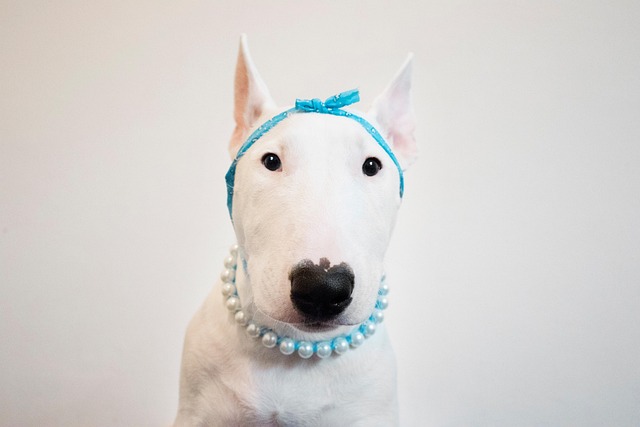
What is glaucoma in a dog?
You might notice your dog squinting more at mealtime or avoiding bright sunlight—these small changes could be early signs of a serious eye condition.
Finding out your dog has stage 4 periodontal disease feels like a gut punch. It’s natural to wonder how much time you have left together, but the truth is, every dog’s journey is different. This advanced stage means severe tooth decay, gum recession, and potential damage to other organs, but there’s still hope for quality time with the right approach.
The lifespan of a dog with stage 4 periodontal disease depends on multiple factors. Smaller breeds might cope better with tooth loss due to their lower nutritional needs, while larger dogs could struggle more with eating. Age plays a role too—puppies or young dogs may have a stronger recovery capacity than seniors. On average, without treatment, the condition can rapidly decline health within months, but many dogs live years with proper care.
Treatment is crucial, and it often starts with a professional dental cleaning under anesthesia. In some regions, pet insurance policies cover a portion of these procedures, so check your plan details. After the cleaning, your vet might recommend tooth extractions for severely damaged teeth. While it sounds daunting, removing infected teeth can actually improve your dog’s quality of life by eliminating pain sources.
 Home care becomes even more vital post-treatment. Softening their food helps dogs with fewer teeth chew comfortably, but be cautious of calorie intake—overfeeding soft treats can lead to obesity, which is a concern in many pet - friendly communities. Dental wipes or water additives can maintain remaining teeth’s health, ensuring you comply with local pet hygiene standards that landlords or housing associations might enforce.
Home care becomes even more vital post-treatment. Softening their food helps dogs with fewer teeth chew comfortably, but be cautious of calorie intake—overfeeding soft treats can lead to obesity, which is a concern in many pet - friendly communities. Dental wipes or water additives can maintain remaining teeth’s health, ensuring you comply with local pet hygiene standards that landlords or housing associations might enforce.
Legal aspects also matter. When traveling with your sick dog, airlines and border control authorities may require a recent veterinary health certificate stating the condition is stable. In rental properties, keep communication open with your landlord about your pet’s health situation to avoid any misunderstandings regarding potential odors or hygiene issues.
Emotionally, it’s tough to watch your dog go through this. But small adjustments can make a big difference. Switching to gentle play that doesn’t involve chewing, like short walks or belly rubs, can still create precious memories. Remember, it’s not just about the quantity of time but the quality of the moments you share.
Every dog responds differently to treatment and lifestyle changes. Stay in close contact with your vet, join online pet owner communities for support, and trust your instincts as a pet parent. With love, patience, and proper care, you can make the remaining time with your furry friend as joyful as possible.

You might notice your dog squinting more at mealtime or avoiding bright sunlight—these small changes could be early signs of a serious eye condition.

Let’s set the scene: It’s a sweltering Phoenix afternoon—105°F outside—and you rushed your 2-year-old Lab mix, Cooper, on a quick walk to “get it over with.”

Let’s get real: You’re in your Miami apartment, watching your 3-year-old Corgi, Loki, struggle to climb the stairs to your second-floor unit.

Many dog owners brush off occasional scratching as just “dog behavior,” but persistent itching often signals something more—like a food allergy.

You might first notice your dog scratching more than usual—chewing at their paws until the fur looks thin, or rubbing their face against the couch nonstop.

Let’s be real: You’re standing in your Chicago apartment, watching your 3-year-old Beagle, Max, huff and puff just to climb onto the couch.